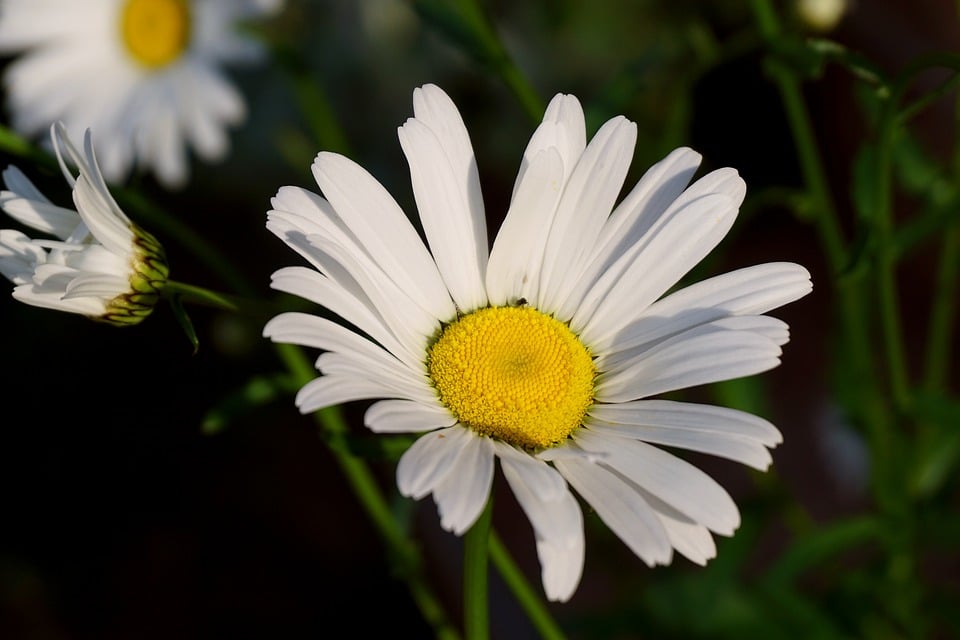[ad_1]
In today’s fast-paced, ever-changing world, it’s easy to get caught up in the latest trends and innovations. However, it is equally important to remember where we come from and what has shaped our cultural identity over the centuries. Historical customs play a crucial role in preserving our heritage and connecting us to our roots. In this article, we will explore the significance of historical customs in shaping our cultural identity, their impact on society, and the importance of preserving them for future generations.
The Historical Context of Cultural Customs
Historical customs are traditions and practices that have been passed down through generations, often reflecting a society’s values, beliefs, and way of life. These customs can range from religious rituals and traditional ceremonies to social norms and etiquette codes. They provide a window into the past, allowing us to understand how our ancestors lived, worked, and interacted with one another.
Throughout history, cultural customs have played a central role in shaping societies around the world. They have served as a means of preserving tradition, fostering social cohesion, and promoting a sense of belonging among community members. From ancient civilizations to modern-day societies, customs have been a critical aspect of shaping cultural identity and maintaining a sense of continuity across generations.
The Current State of Historical Customs
In today’s globalized world, many historical customs are facing threats of extinction due to the rapid pace of social, economic, and technological change. As societies modernize and adapt to new ways of living, traditional customs often fall by the wayside, leading to their gradual decline and eventual disappearance. This trend is particularly evident in urban areas, where the influence of globalization and mass media has eroded traditional practices and customs.
Despite these challenges, there is a growing interest in preserving and revitalizing historical customs among cultural heritage organizations, community groups, and individuals. Efforts to safeguard traditional practices and rituals are gaining momentum, with initiatives ranging from cultural preservation programs to heritage tourism campaigns. By recognizing the value of historical customs and their role in shaping cultural identity, these initiatives seek to ensure that our shared heritage is preserved for future generations.
The Future of Historical Customs: Predictions and Challenges
Looking ahead, the future of historical customs is at a crossroads. While there is renewed interest in preserving traditional practices and rituals, there are significant challenges that lie ahead. One of the biggest hurdles is ensuring the transmission of cultural knowledge and skills from one generation to the next. As older generations pass away and younger generations become more disconnected from their cultural roots, there is a risk of losing valuable traditions and customs.
To address these challenges, it is essential for communities, governments, and organizations to work together to safeguard historical customs and ensure their survival for future generations. This can be achieved through education programs, cultural initiatives, and community engagement efforts that promote the importance of preserving cultural heritage. By fostering a sense of pride and appreciation for historical customs, we can ensure that our cultural identity remains vibrant and resilient in the face of ongoing change.
Preserving Historical Customs: Practical Applications
Preserving historical customs requires a multi-faceted approach that combines cultural, social, and educational strategies. Here are some practical ways to safeguard and promote traditional practices and rituals:
– Establish cultural preservation programs in schools and communities to educate individuals about the significance of historical customs.
– Support local artisans and craftspersons who are keeping traditional skills and practices alive through their work.
– Encourage intergenerational dialogue and exchange to facilitate the transfer of knowledge and skills from older generations to younger ones.
– Partner with cultural heritage organizations and museums to create exhibitions and events that showcase the beauty and importance of historical customs.
– Engage in heritage tourism initiatives that promote traditional practices and rituals as a means of preserving cultural identity and fostering economic development.
By taking these practical steps, we can ensure that our historical customs are preserved and celebrated for generations to come.
Conclusion
In conclusion, historical customs are an essential part of our cultural identity, connecting us to our past and shaping who we are as individuals and communities. By preserving these traditions and practices, we can ensure that our unique heritage is not lost to the sands of time. It is up to each of us to take action and support efforts to safeguard historical customs for future generations. Let us embrace our cultural heritage with pride and commitment, knowing that our shared history is what makes us who we are today.
Thank you for taking the time to explore the importance of historical customs in shaping our cultural identity. For further reading on this topic, we recommend delving into the works of cultural historians, anthropologists, and heritage preservationists who offer valuable insights into the significance of preserving our past for the future. Let us continue to honor our traditions and customs, preserving them as a legacy for generations to come.
[ad_2]
